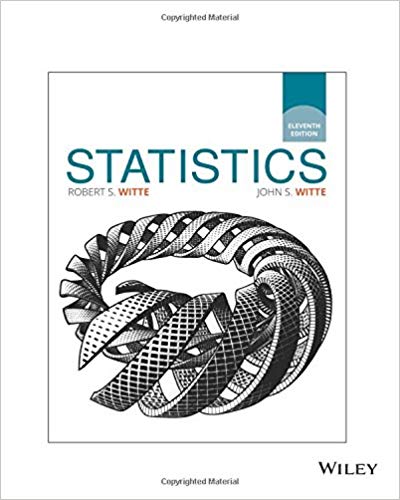Mounsey, Vandehey, and Diekhoff (2013) investigated anxiety of working and non-working university students. The researchers found that
Question:
Mounsey, Vandehey, and Diekhoff (2013) investigated anxiety of working and non-working university students. The researchers found that the working students reported more anxiety symptoms on the Beck Anxiety Inventory (M = 8.17, SD = 7.94) than the non-working students (M = 4.40, SD = 4.97) and that the difference was statistically significant [t(106) = –2.42, p < .05].
1. Although the authors do not explicitly report their statistical decision, based on the information that they did provide, would they have rejected or retained the null hypothesis?
2. Because the difference was statistically significant, can we conclude that the difference between the sample means was large?
3. Because the difference was statistically significant, can we conclude that the working students had an anxiety level that would be considered abnormally high?
4. If the investigators repeated their study with another sample of working and non-working university students drawn from the same population, should we expect that they will obtain a similar result?
5. Your textbook tells you that large sample sizes can produce statistically significant results that lack importance. The analysis of Beck Anxiety Inventory scores was based on 78 working students and 30 non-working students, or a total of 108 students. Would a sample size of 108 be considered excessively large?
Step by Step Answer:






